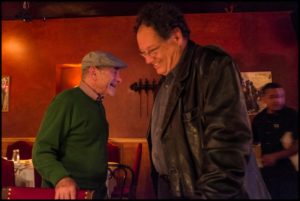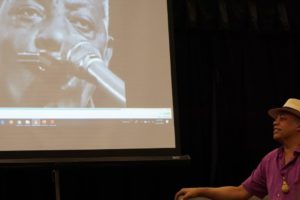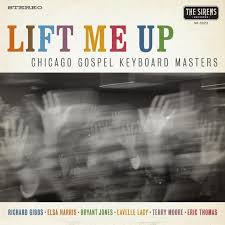Saxophonist Chico Freeman, a third-generation Chicago jazzman, live-streams his new international band from Zurich on Saturday 2/27 at 2:30 pm ET, and I moderated their Zoom talk of coming together for the first time in person — a rarity over the past 10 months — with Carine Zuber, artistic director of Moods Digital, as part […]
Boogie-man Helfer bounces back from covid-depression
Erwin Helfer, the 84-year-young Chicago pianist of heartfelt blues, boogie, rootsy American swing and utterly personal compositions, has told his tale of covid-19-related profound depression, hospitalization, treatment and recovery to the Chicago Sun Times. I’m a longtime friend, ardent fan and two-time record producer of Erwin’s, and had lunch with him soon after the article […]
Digging Our Roots videos, speakers inspire engagement
Musicians and journos with insights into historic hits can offer curious audiences low-cost interactive experiences that bond most everybody present, like any successful performance.
Gospel (not my usual bag) keyboards revelations
I’ll never be an avid fan, much less an aficionado, of gospel music — but Lift Me Up, Chicago Gospel Keyboard Masters, new from The Sirens, a local independent label, is clearly full of joy and inspiration. It also is notable for documenting a seldom spot-lit but obviously thriving American roots music scene. Art arising from or meant to beget religious transcendence […]




